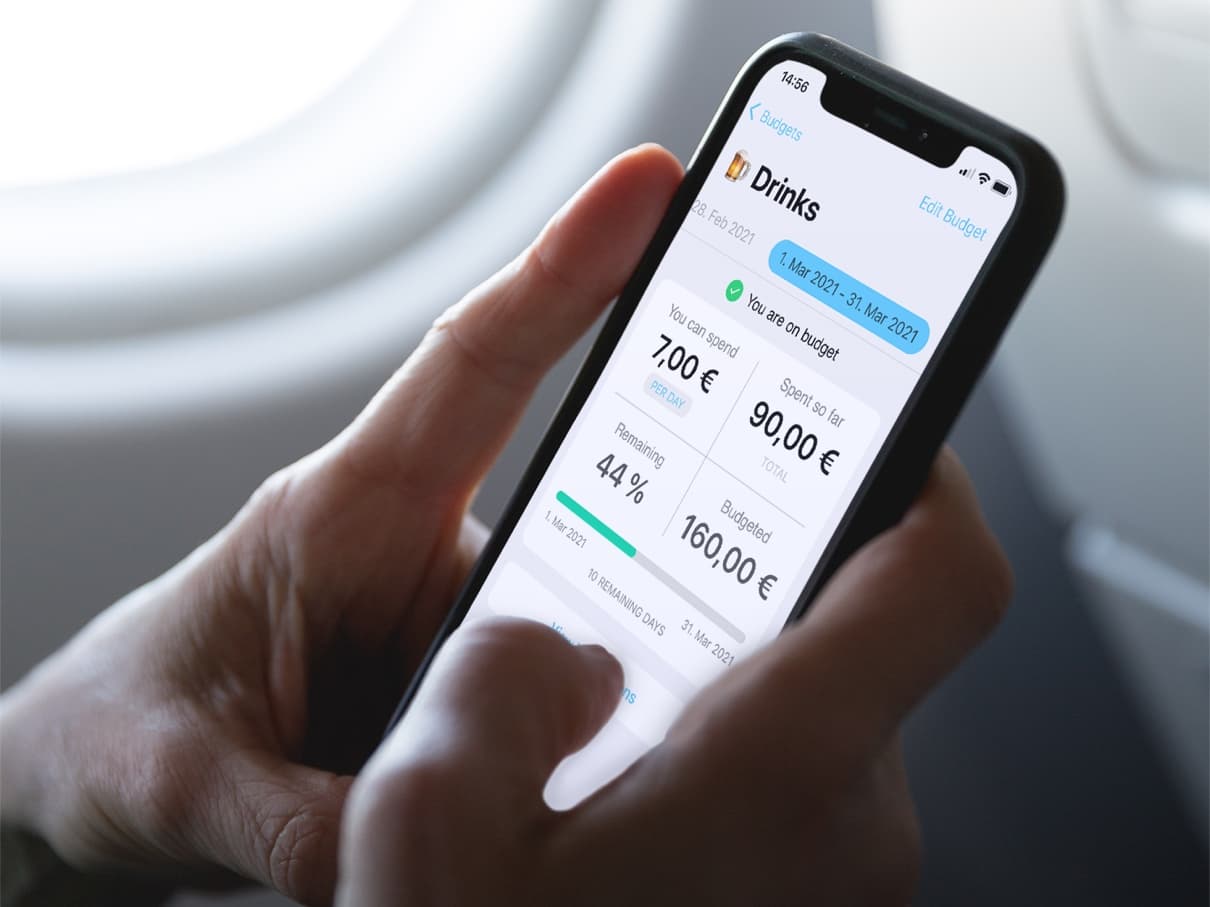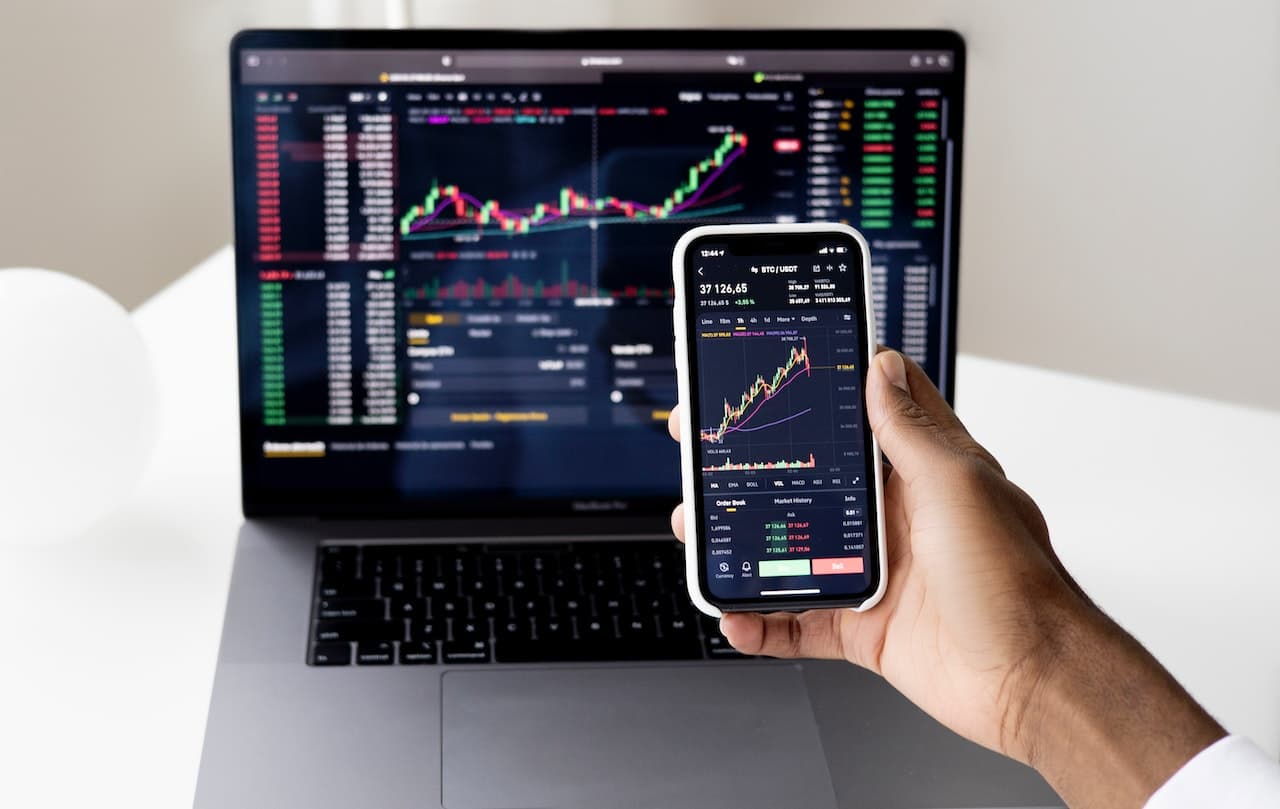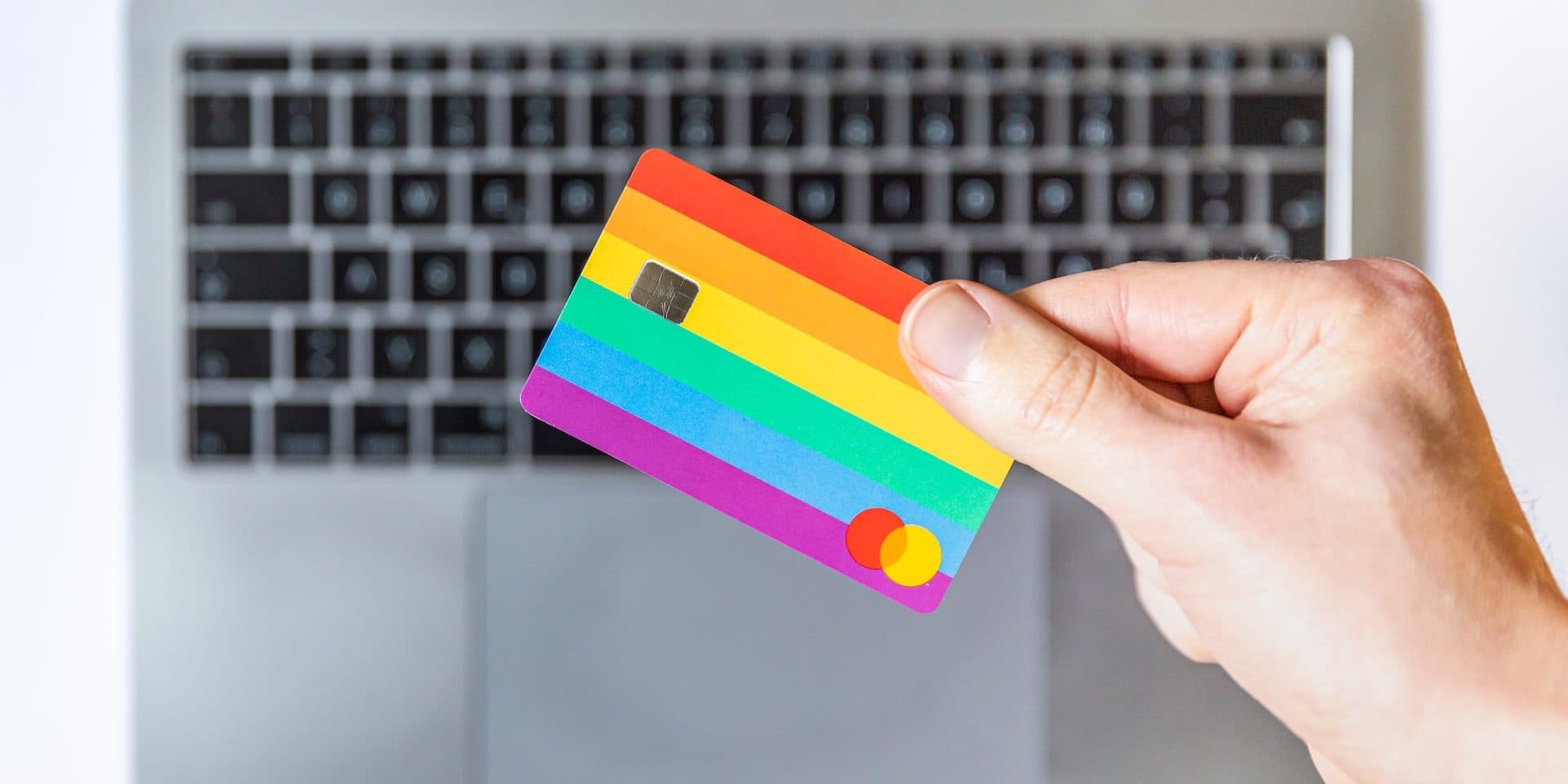
In today's digital era, where smartphones are practically extensions of ourselves, free apps have become an integral part of our daily lives. From social media platforms to gaming apps and productivity tools, we rely on these apps for entertainment, communication, and organization. But what if I told you that amidst the sea of free apps lies a potential treasure trove of money-making opportunities? That's right, while you're swiping through your favorite games or scrolling through social feeds, some savvy users are leveraging these apps to generate extra income. In this article, we'll dive into the exciting world of making money from free apps, exploring various strategies, success stories, and considerations to keep in mind.
The App Economy Unveiled
The app economy is a bustling marketplace fueled by users' insatiable appetite for engaging digital experiences. Developers create free apps to cater to this demand, often relying on advertising revenue, in-app purchases, and freemium models to sustain their operations. But what's often overlooked is that the app ecosystem offers more than just passive entertainment—it's a thriving ecosystem where users can turn their interactions into income.
Monetizing with Advertisements
Advertisements are a ubiquitous feature of many free apps. Developers partner with advertisers to display ads within the app's interface, and every time a user interacts with or clicks on an ad, the developer earns a small fee. This strategy, known as ad monetization, can be surprisingly lucrative, particularly for apps with a substantial user base. Social media platforms, news apps, and mobile games frequently employ this model. Platforms like Instagram, which is primarily used for photo sharing, have evolved into money-making machines as influencers capitalize on ad partnerships and sponsored posts. Similarly, mobile games often offer in-game rewards in exchange for watching short ads, earning developers both engaged users and advertising revenue.
In-App Purchases and Freemium Models
In-app purchases (IAPs) and freemium models are game-changers for app monetization. While the initial download is free, users can choose to purchase additional content, features, or virtual goods within the app. The freemium model provides a basic version of the app for free while offering a premium version with advanced functionalities at a cost. Apps like Candy Crush and Clash of Clans have perfected this strategy, reaping significant profits from users willing to pay for enhanced experiences. In fact, it's not uncommon for a small percentage of users to generate the majority of an app's revenue through these purchases.

In MoneyCoach for example, while you can download the app for free and try nearly all of the features in a limited way, you have the ability to subscribe to MoneyCoach Premium and unlock the full experience that will help you save more money each month.
Exploring Microtasks and Gig Economy Apps
Beyond traditional ad revenue and in-app purchases, there's a growing niche of apps that offer microtasks and gig economy opportunities. These apps enable users to perform small tasks, such as taking surveys, participating in market research, or completing short freelance gigs, in exchange for compensation. Apps like Swagbucks and Gigwalk have harnessed the power of microtasking, allowing users to make money during their spare time. For those with specific skills, gig economy apps like TaskRabbit and Fiverr connect freelancers with individuals seeking various services, from graphic design to home repairs.
Unlocking Passive Income through Cashback and Rewards Apps

Cashback and rewards apps offer a clever way to earn money passively. These apps partner with retailers and service providers, allowing users to earn a percentage of their purchases back in the form of cashback, discounts, or loyalty points. By simply making everyday purchases through these apps, users can accumulate savings over time. Additionally, some apps offer referral programs, allowing you to earn money by inviting friends to join the platform. Apps like Rakuten (formerly Ebates) and Honey have gained popularity for their cashback and coupon services.
Considerations and Success Stories
While the prospect of making money from free apps is undoubtedly appealing, it's essential to approach this endeavor with realistic expectations and some considerations in mind:
1. Patience and Consistency: Building a substantial income from free apps requires patience and consistency. Success stories often involve users who dedicate time to understand the app's mechanics, optimize their strategies, and continuously engage with the platform.
2. Privacy and Data Security: Many apps collect user data for targeted advertising. Before diving into money-making apps, read the privacy policy and ensure you're comfortable with the data you're sharing.
3. Diversification: Relying solely on one app for income is risky. Diversify your income streams by exploring multiple apps that align with your skills and interests.

4. Realistic Expectations: Not all apps yield substantial income. While some users manage to generate significant revenue, others may find that the extra income is modest. Set realistic expectations based on your efforts and the app's potential.
5. Niche Expertise: Leverage your unique skills and interests to find apps that resonate with you. Your expertise can lead to better opportunities and more enjoyable money-making experiences.
As you scroll through your favorite free apps, remember that they hold untapped potential beyond entertainment. With the right approach, mindset, and strategy, you can transform your app interactions into a source of income. Whether it's leveraging ad revenue, delving into microtasks, or capitalizing on cashback and rewards, the app economy offers a diverse array of money-making opportunities. So, why not turn those moments of casual swiping into a gateway to financial empowerment? Embrace the app economy and embark on your journey to turning your digital interactions into a valuable income stream.




